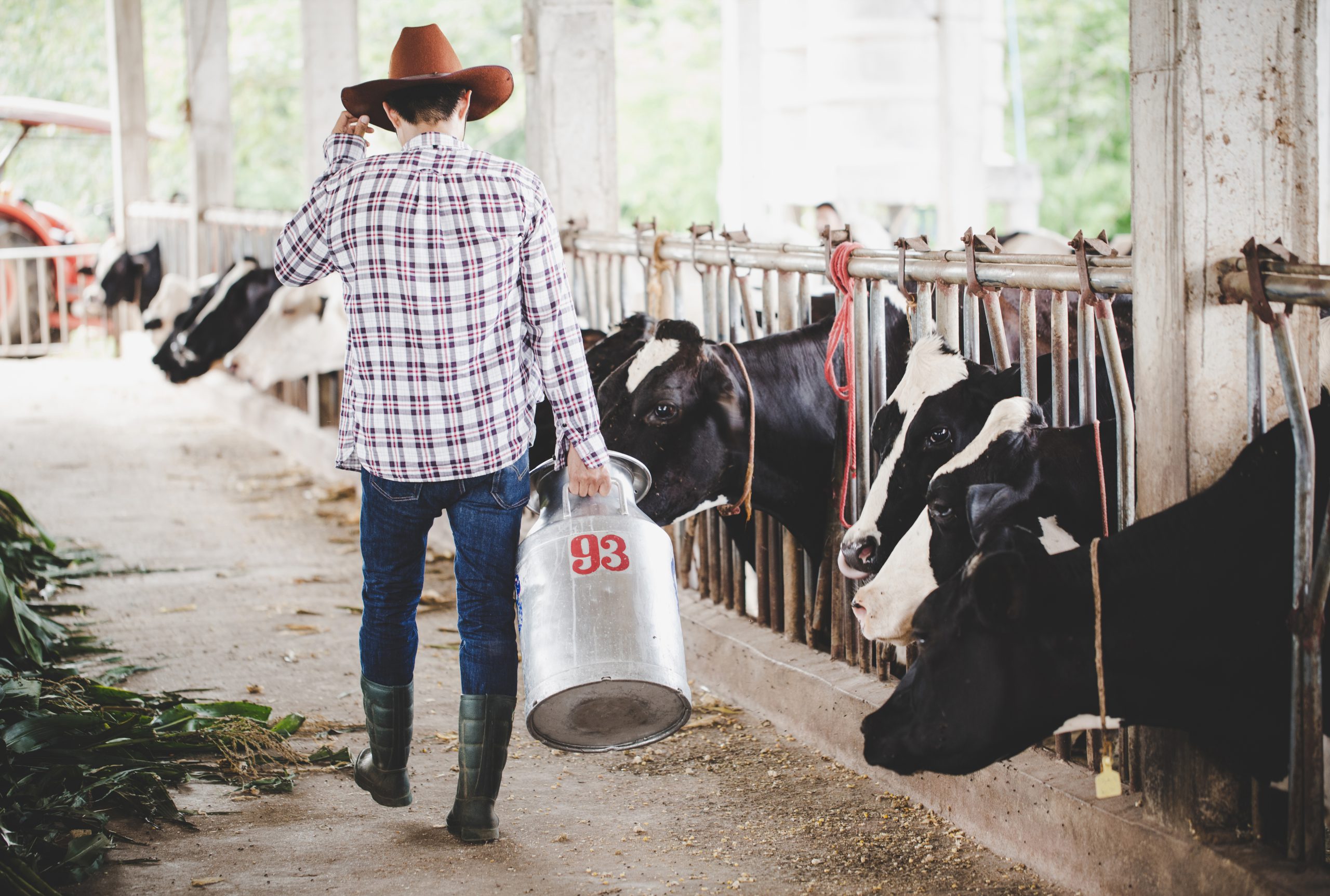
How New Zealand Has Worked to Eradicate a Costly Cow Disease
Costly Cow Disease
As part of the world's first attempt to eradicate the cow disease Mycoplasma Bovis, New Zealand will cull tens of thousands of cows in the greatest mass animal slaughter in the country's history. New Zealand is the world's leading dairy exporter, and agriculture makes up a significant portion of the country's GDP.
After four years and hundreds of millions of dollars and the deaths of more than 175,000 cows, New Zealand is currently on the verge of total eradication of an awful disease from its herd of 10 million cattle. It was a tough call to remove so many cows from the national herd.
The cow disease, known as Mycoplasma Bovis, can be spread between animals even if they are not showing any symptoms. Since its discovery in herds in 2017, the country has spent significant funds and put in dedicated effort over four years to eradicate the disease from its cattle population. How it first entered the country is still unknown to the government.
Cows with Mycoplasma Bovis often develop mastitis, but the bacteria can also cause pneumonia and ear infections.
Authorities in New Zealand, where cattle outnumber people and farming is the backbone of the economy, decided to throw everything they had at eradicating this disease.
The cow disease threatened to spread throughout the country. Hence, farmers and officials slaughtered more than 175,000 of the 10 million cattle in the country. Ranchers were forced to slaughter healthy cows that shared a lot with infected ones to eradicate the disease.
The government provided the majority of the funding for the project, with contributions from farmers and the cattle industry, and spent just under its original budget of $886 million (about US$580 million).
According to the Associated Press, Damien O'Connor, Minister of Agriculture, stated recently that all but one farm in the country was free of the bacterial disease Mycoplasma Bovis. If New Zealand succeeds in completely eliminating the disease, it will be the first country to do so. Right now, many countries, such as Canada, the USA, etc., are battling cow disease, and this success can mean a lot to them.
O'Connor noted that the process had been distressing for the affected farmers. As mentioned, In the event of this outbreak, healthy cows were slaughtered alongside infected ones to stop the spread of disease.
This was a difficult decision, Prime Minister Ardern added, because "no one ever wants to see mass culls." But if we do nothing, we risk the sickness spreading throughout our national herd. We seized the opportunity to eradicate this cow disease to safeguard our over 20,000 dairy and meat farms.
In her interview, Ardern expressed optimism that the cow disease might be eradicated entirely because it was not yet widespread and had only manifested in a single strain.
According to Prime Minister Jacinda Ardern, the program's success was largely due to the government's collaboration with the farming business. She stated: Our valuable national herd, our economy, and our rural residing communities would have suffered sinificantly if we hadn't took our chance to eradicate this awful disease totally.


